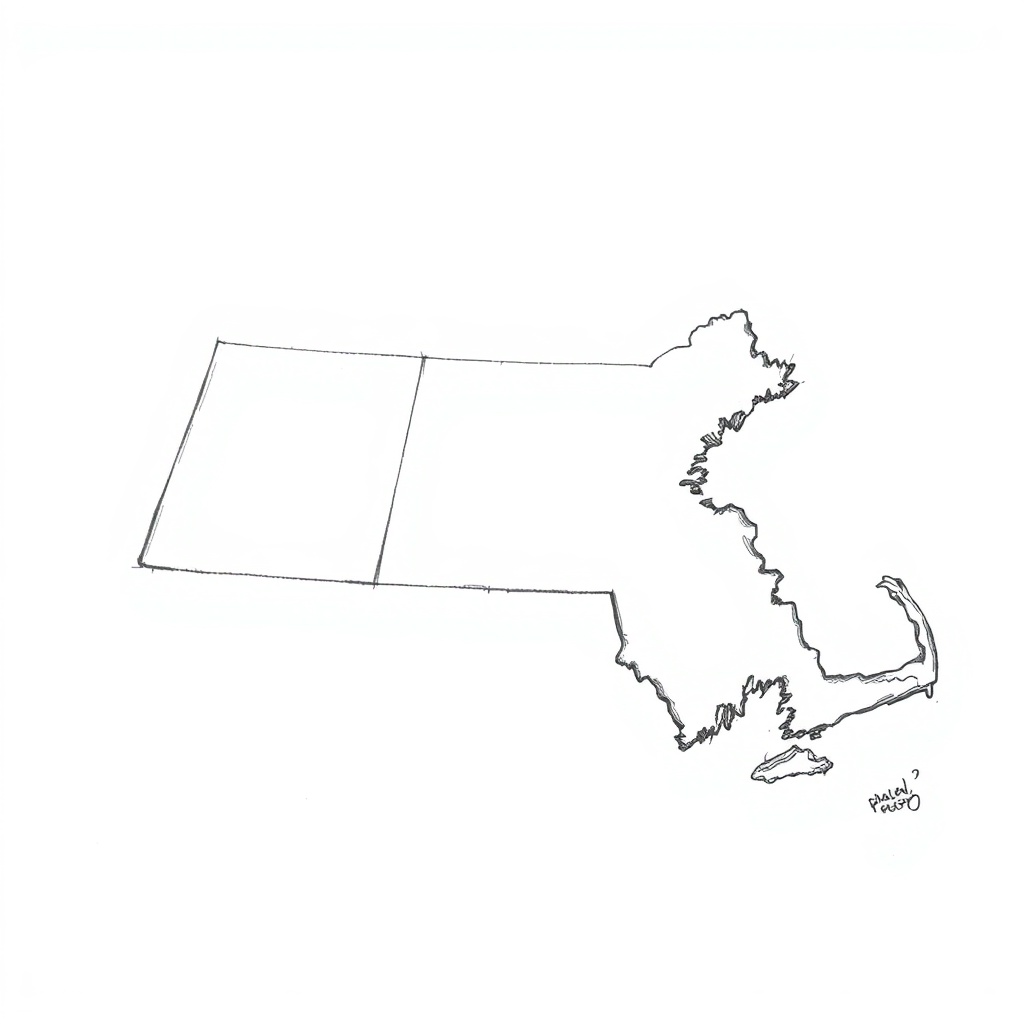Massachusetts and Offshore Wind
Massachusetts and Offshore Wind: Jobs, Ports, and a Cleaner Coastline
Massachusetts offshore wind is reshaping the state’s energy mix and coastal economy. As the region pushes toward cleaner power, the development of offshore wind farms is delivering new jobs, revitalizing ports like New Bedford, and encouraging investment in supply chains and workforce training. For residents and businesses, that translates to energy diversification, economic opportunity, and a tangible contribution to reducing carbon emissions.
Why offshore wind matters for Massachusetts
Offshore wind offers one of the most scalable sources of renewable energy for a coastal state. Strong, consistent winds along the Atlantic continental shelf make it possible to produce large amounts of low-carbon electricity without the land-use conflicts that come with onshore projects.
For Massachusetts, that potential supports climate and reliability goals while creating long-term projects that require construction, operations, and maintenance work over decades.
Ports and supply chains: local economic anchors
Ports are central to the offshore wind economy.
Facilities equipped for heavy-lift assembly, component storage, and vessel staging become hubs for high-paying jobs and related services. New Bedford’s investment in staging areas, fabrication yards, and logistics has positioned it as a key base for regional offshore activity, attracting turbine manufacturers, cable installers, and marine contractors. Those investments ripple into local businesses—transportation, hospitality, and specialized trades all see increased demand.
Workforce development and careers
Offshore wind creates a wide range of career paths, from wind technicians and electricians to marine engineers and project managers. Community colleges and vocational programs have expanded curricula to include turbine maintenance, vessel operation, and offshore safety certification. For people seeking career changes or apprenticeships, the sector offers structured training pipelines and union partnerships that emphasize long-term employment prospects.
Environmental benefits and stewardship
Replacing fossil-fuel generation with offshore wind reduces greenhouse gas emissions and helps meet regional clean-energy targets. Developers and regulators are also integrating environmental safeguards into project design and operations—measures include careful siting to minimize impacts on fisheries and migration routes, noise mitigation during construction, and ongoing marine mammal monitoring.
Collaboration among scientists, fishing communities, and developers helps balance energy goals with healthy ocean ecosystems.
Challenges and community engagement
Offshore wind development comes with challenges: permitting complexity, grid connection needs, and concerns from coastal stakeholders about fishing grounds and recreational impacts.
Transparent, early engagement is essential. Public meetings, fisheries compensation mechanisms, and adaptive management plans allow local voices to influence project timing and design. Effective community engagement reduces conflicts and helps projects proceed with shared benefits.
What residents can do
– Stay informed through local energy committees, port authority updates, and community meetings.
– Explore workforce training options at nearby community colleges and trade programs.
– Follow public comment periods and participate in environmental review processes.

– Support local businesses that are part of the offshore supply chain to keep economic benefits in the region.
Looking ahead
Offshore wind is creating a long-term economic and energy opportunity for Massachusetts coastal communities.
With careful planning, investment in ports and people, and strong environmental oversight, offshore wind can be a pillar of a resilient, low-carbon future while delivering jobs and local economic activity across the state.